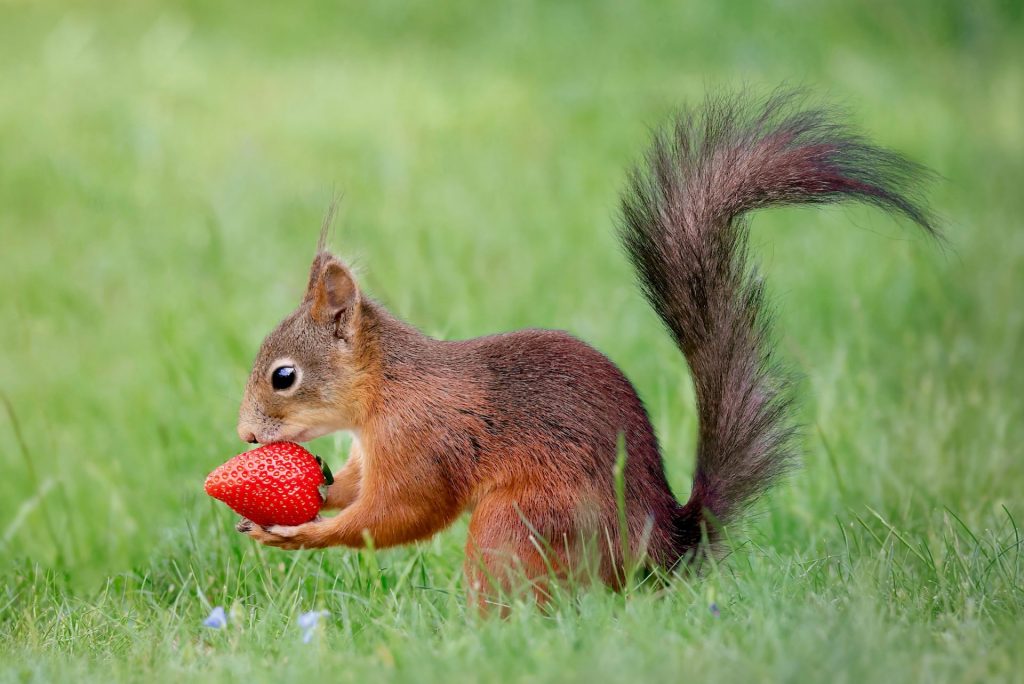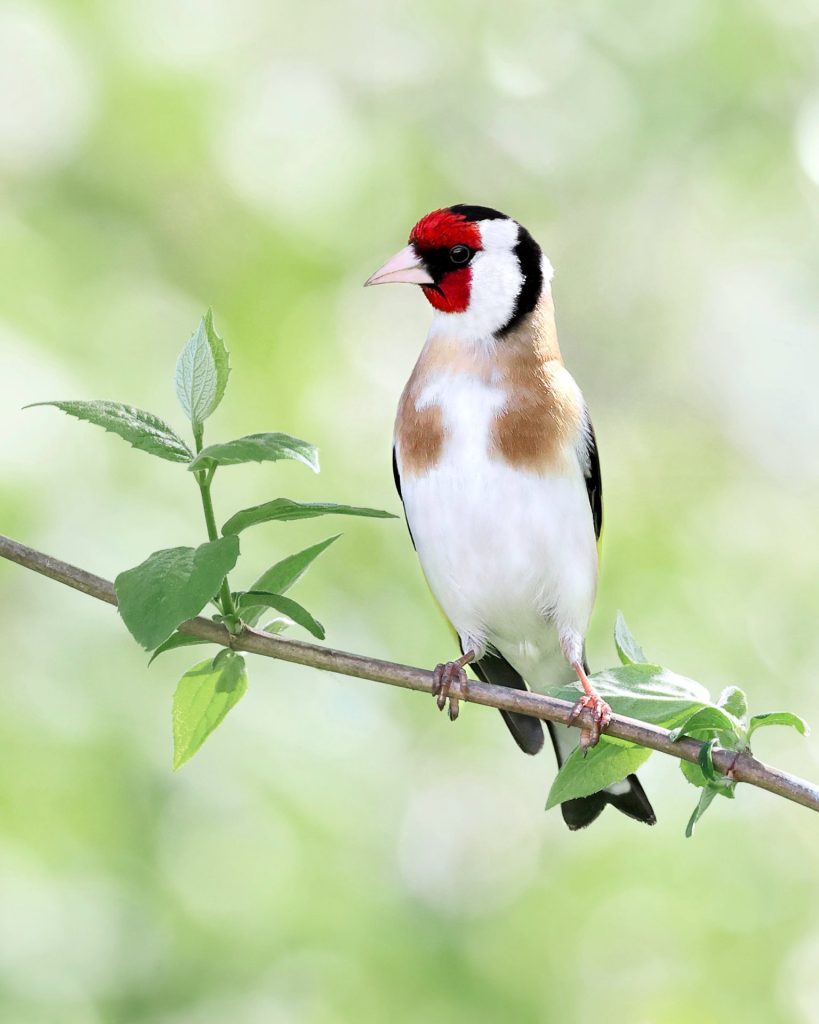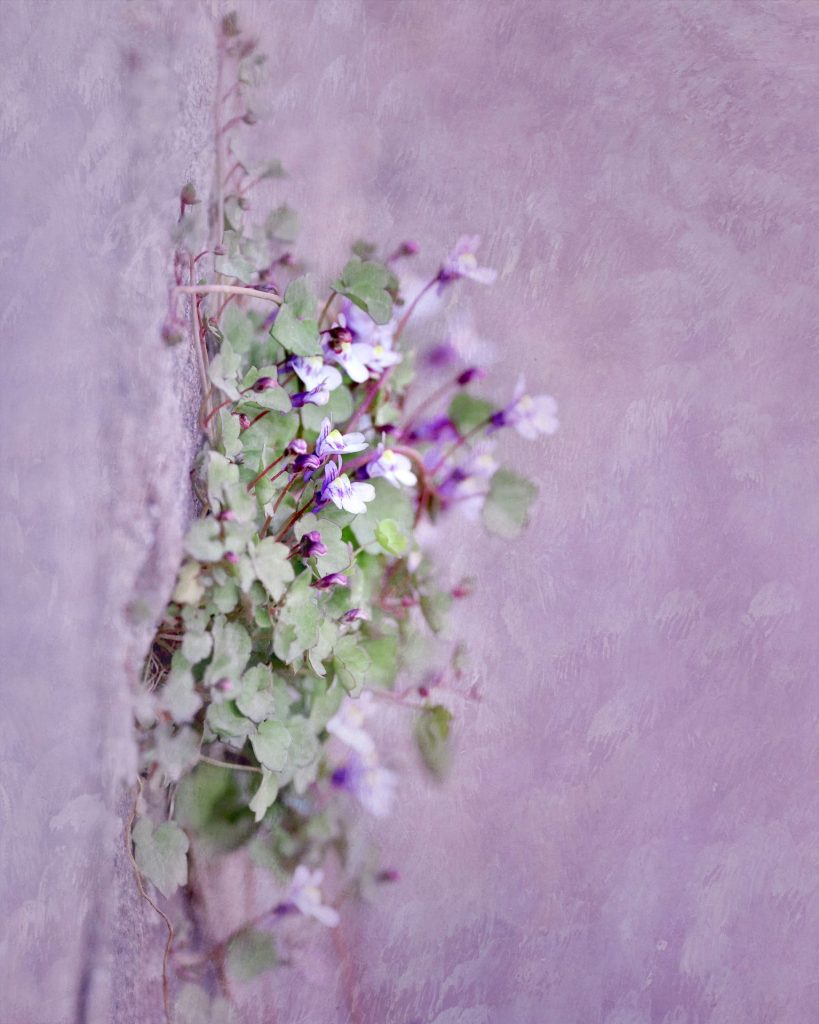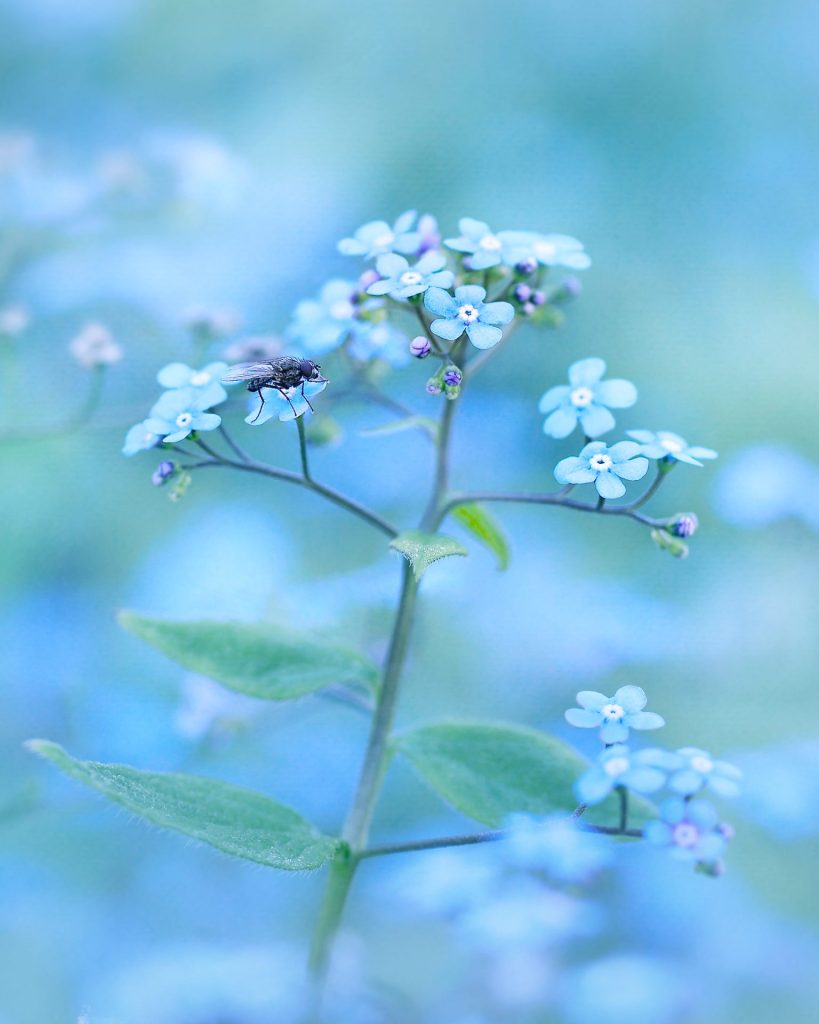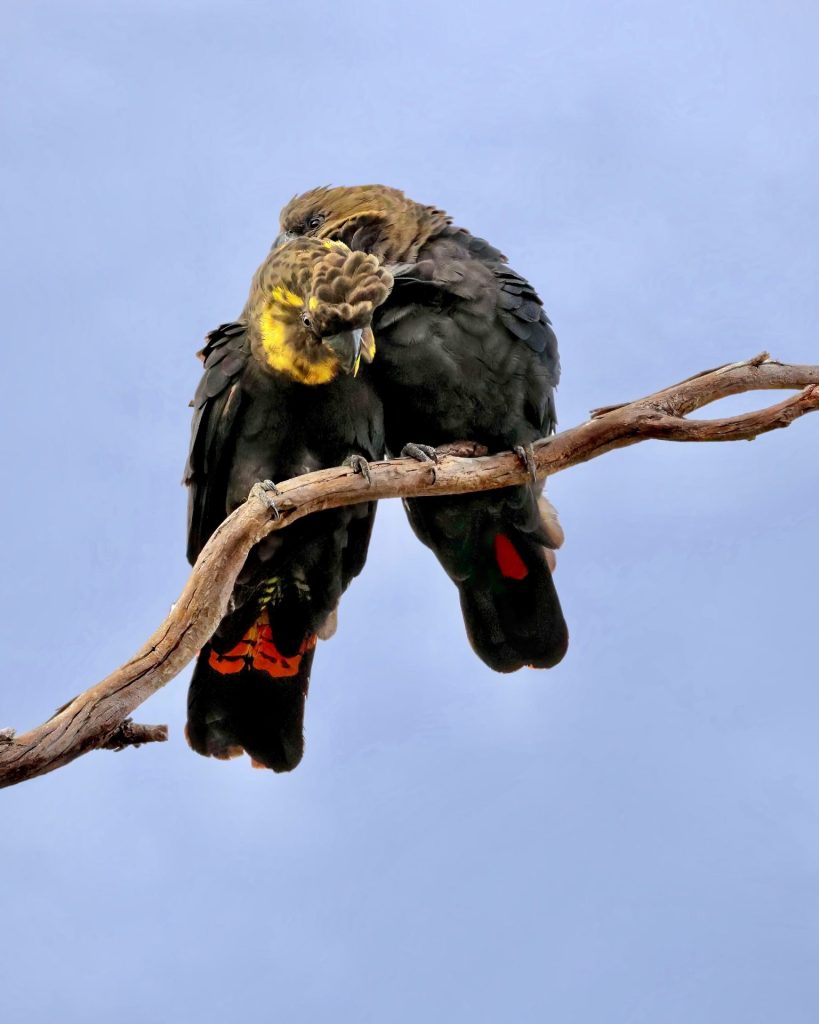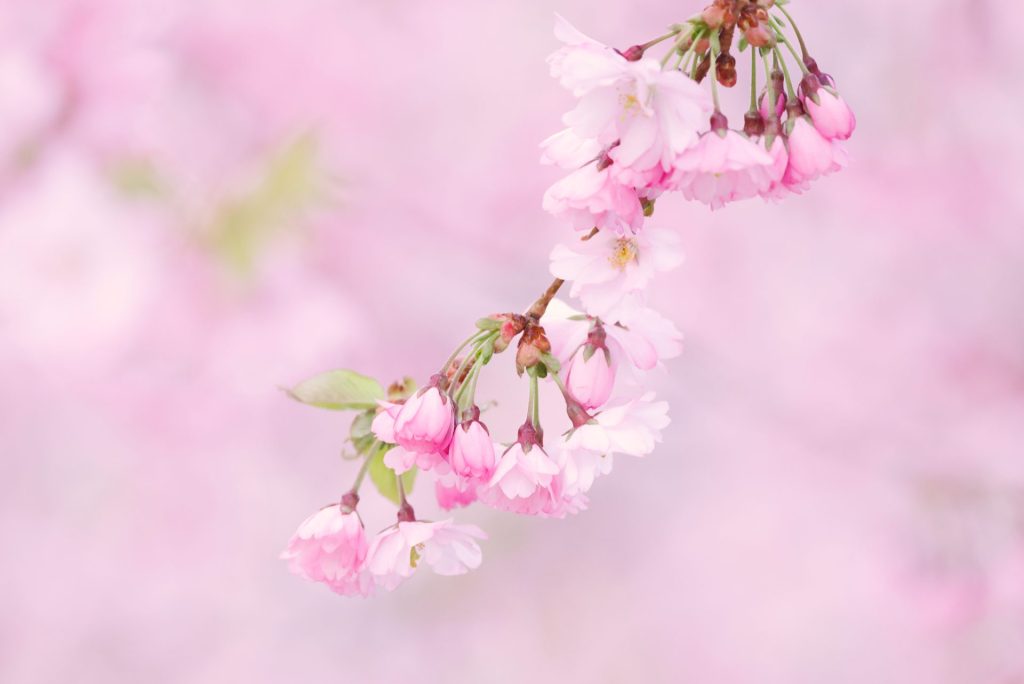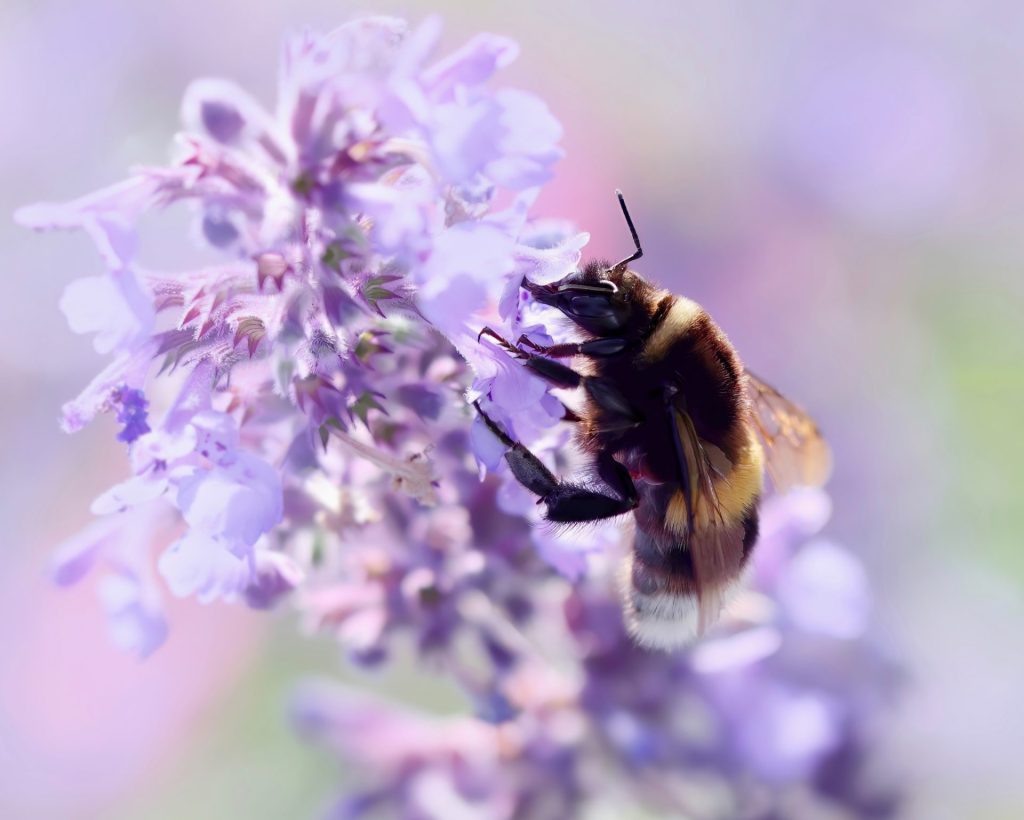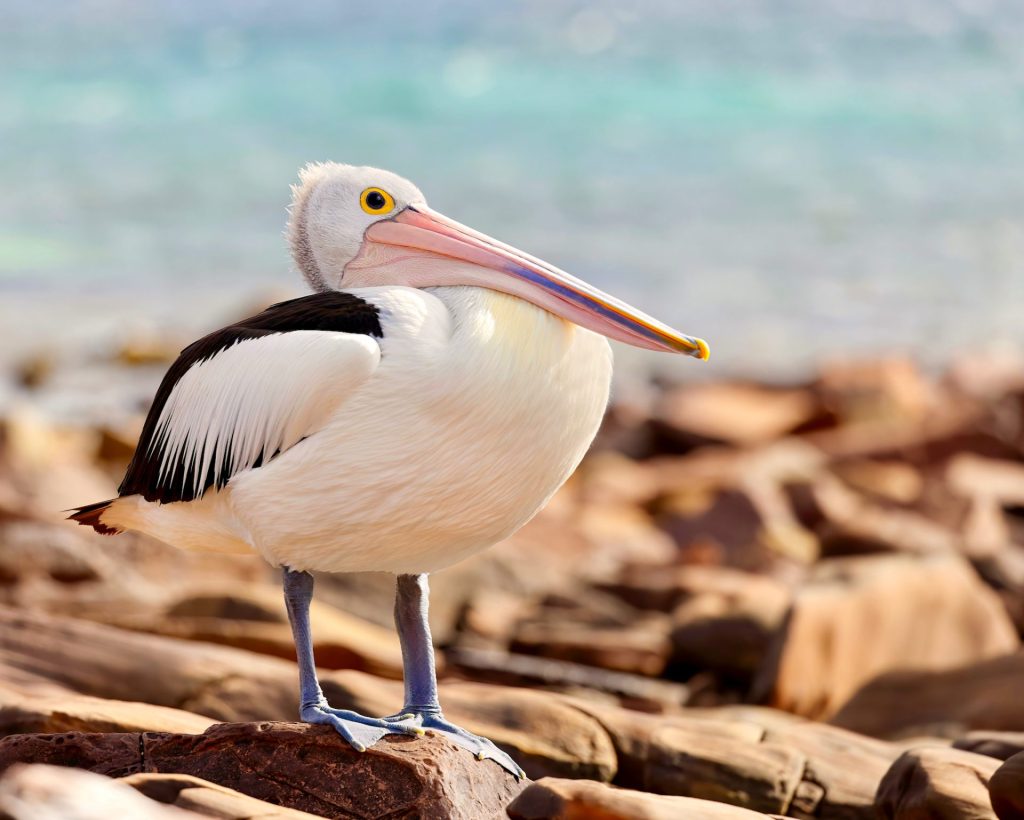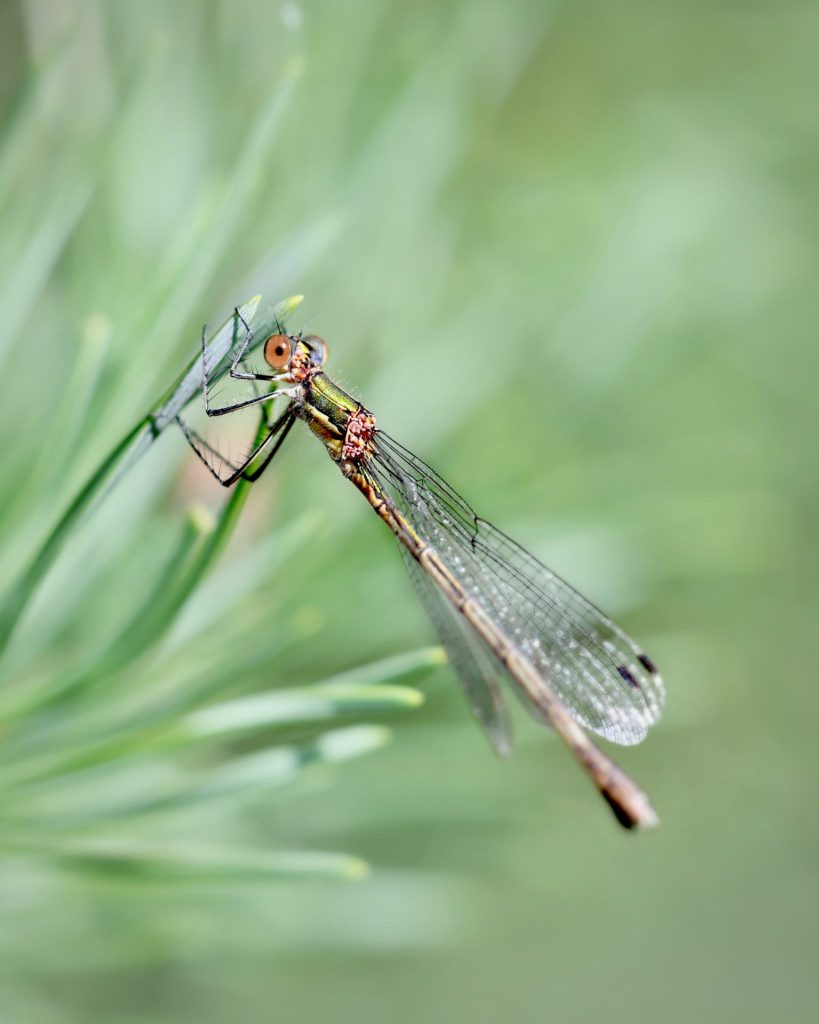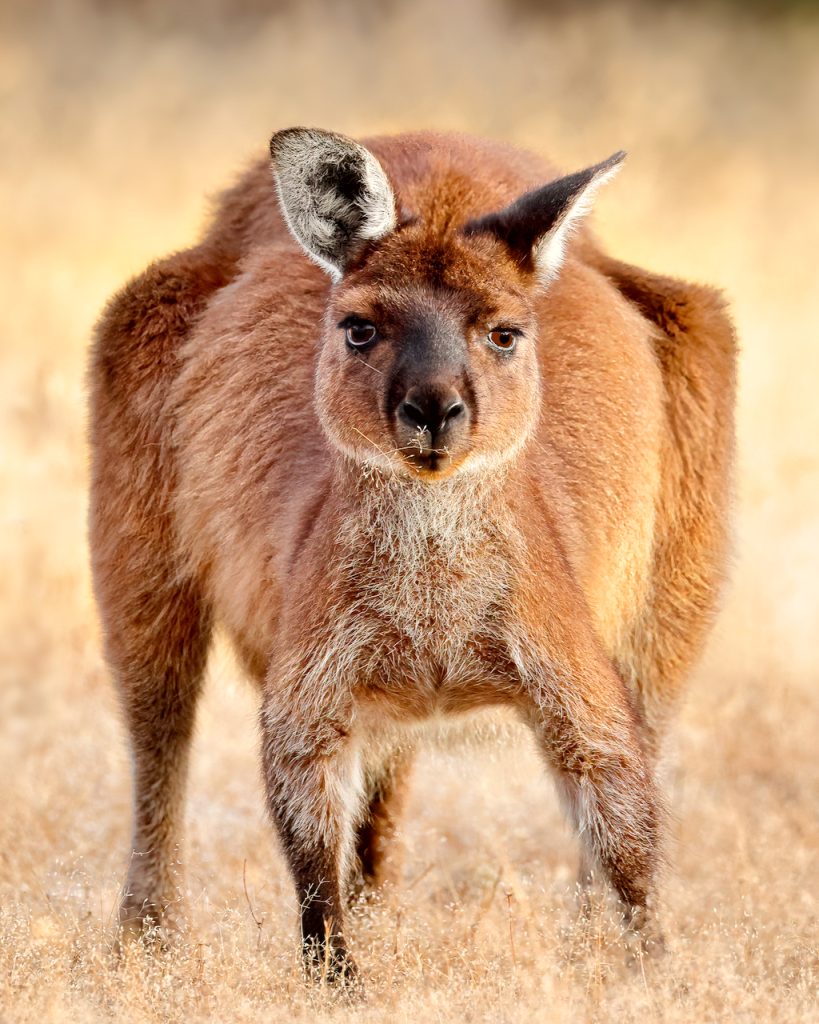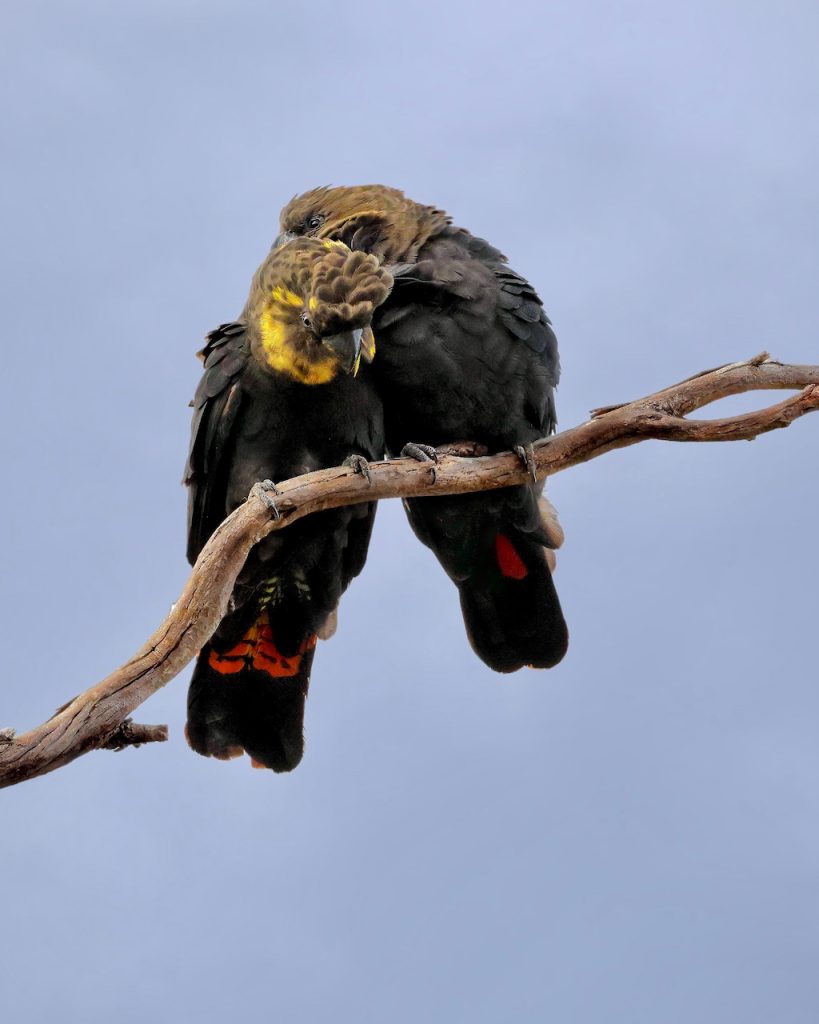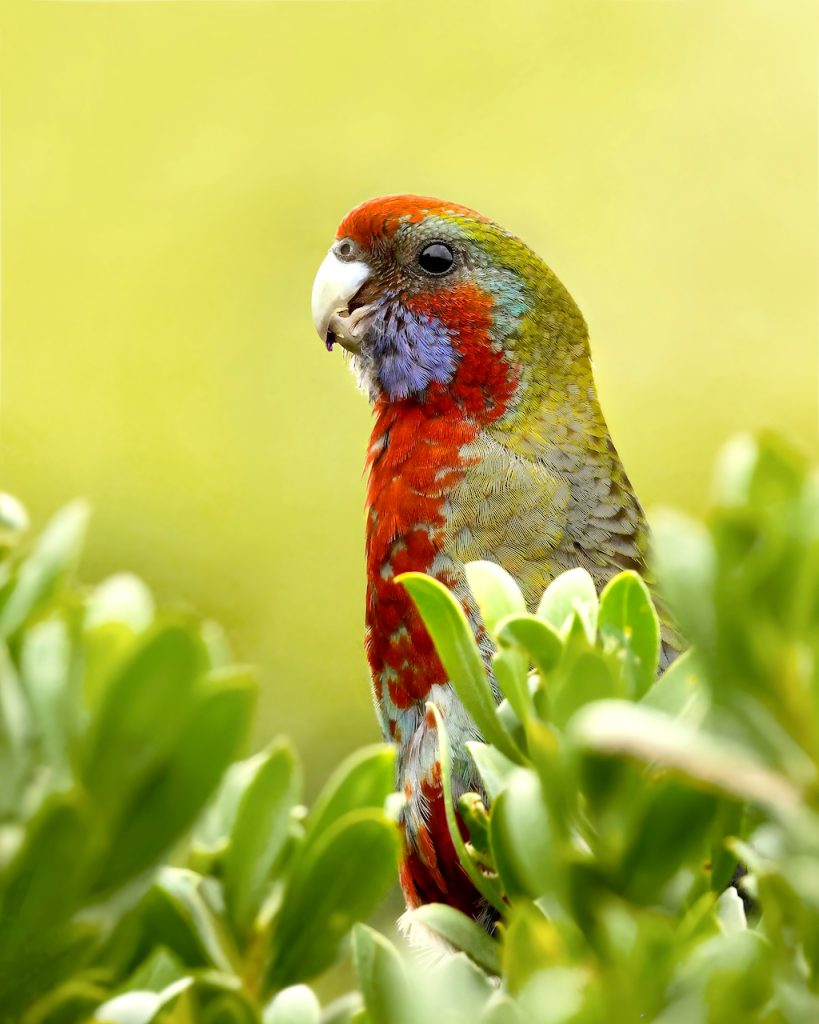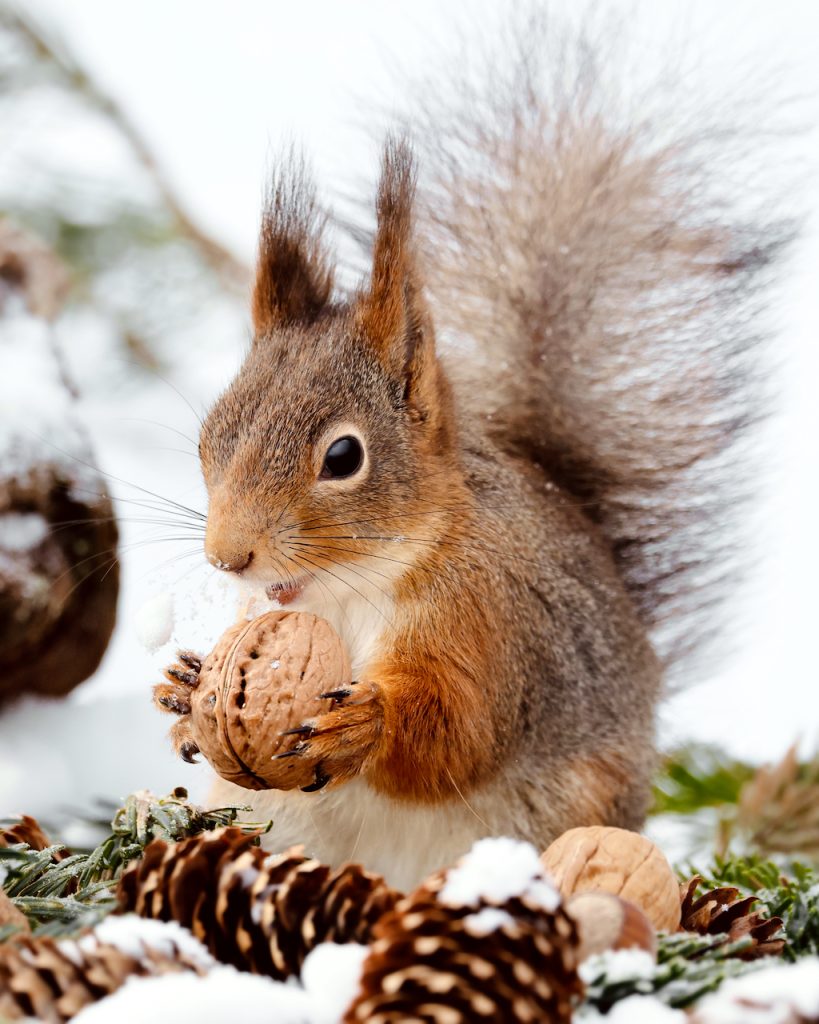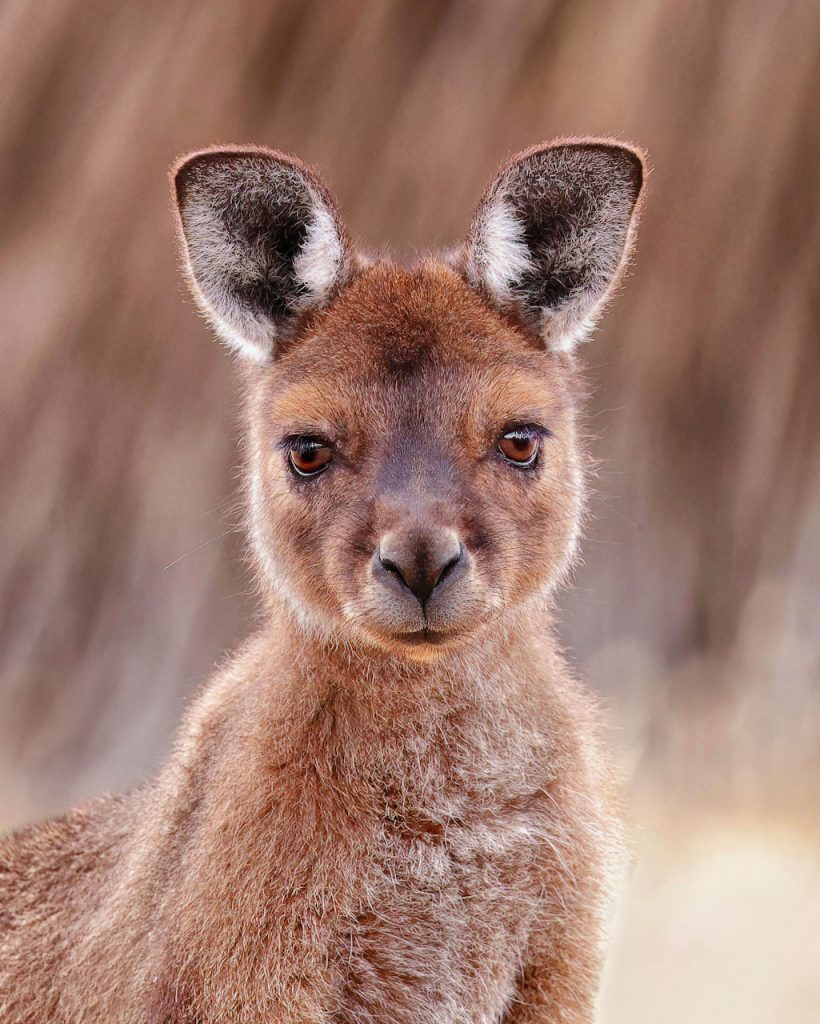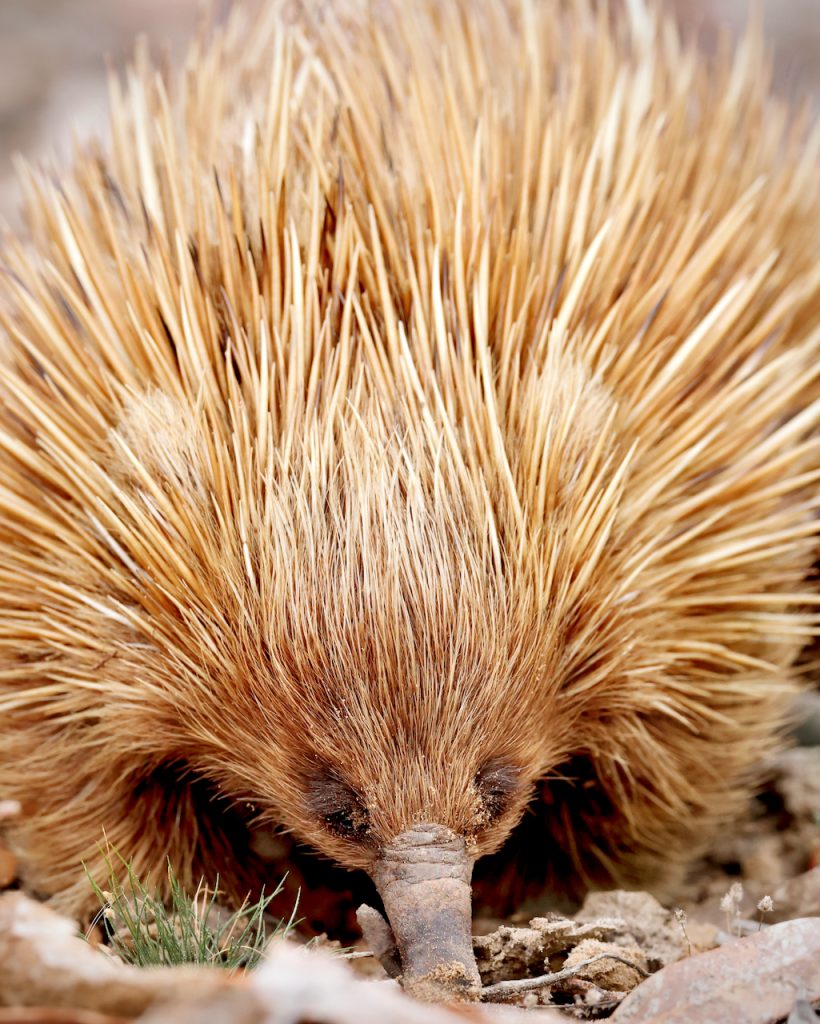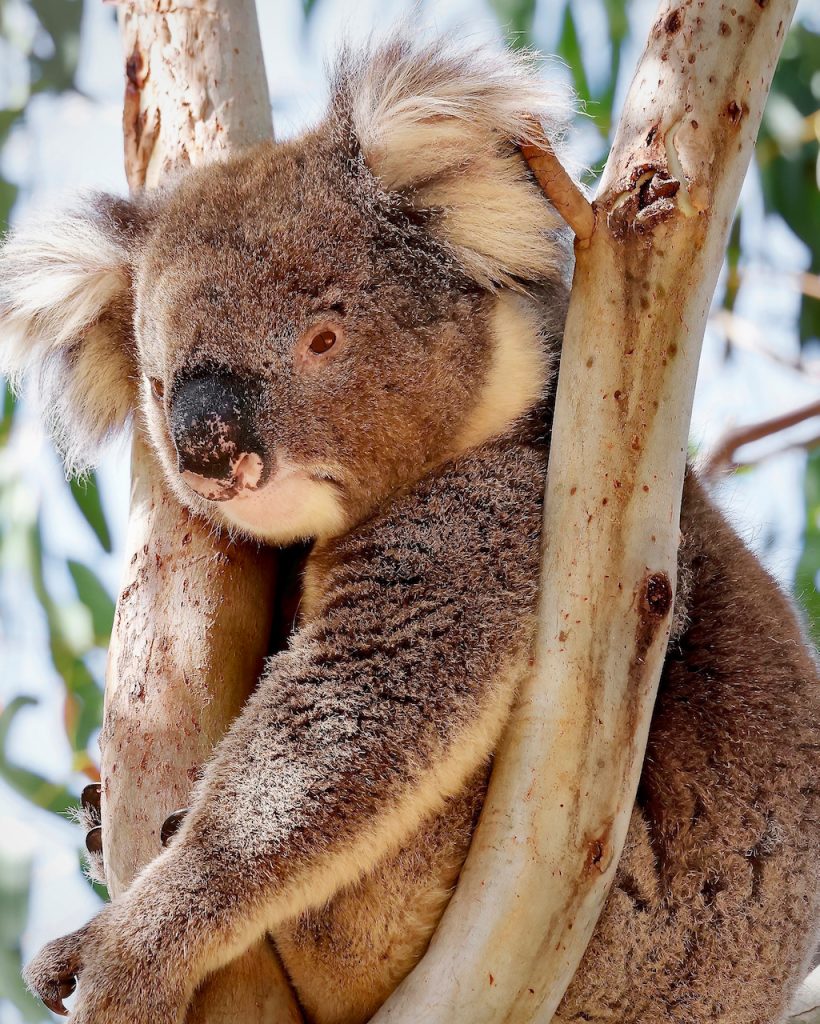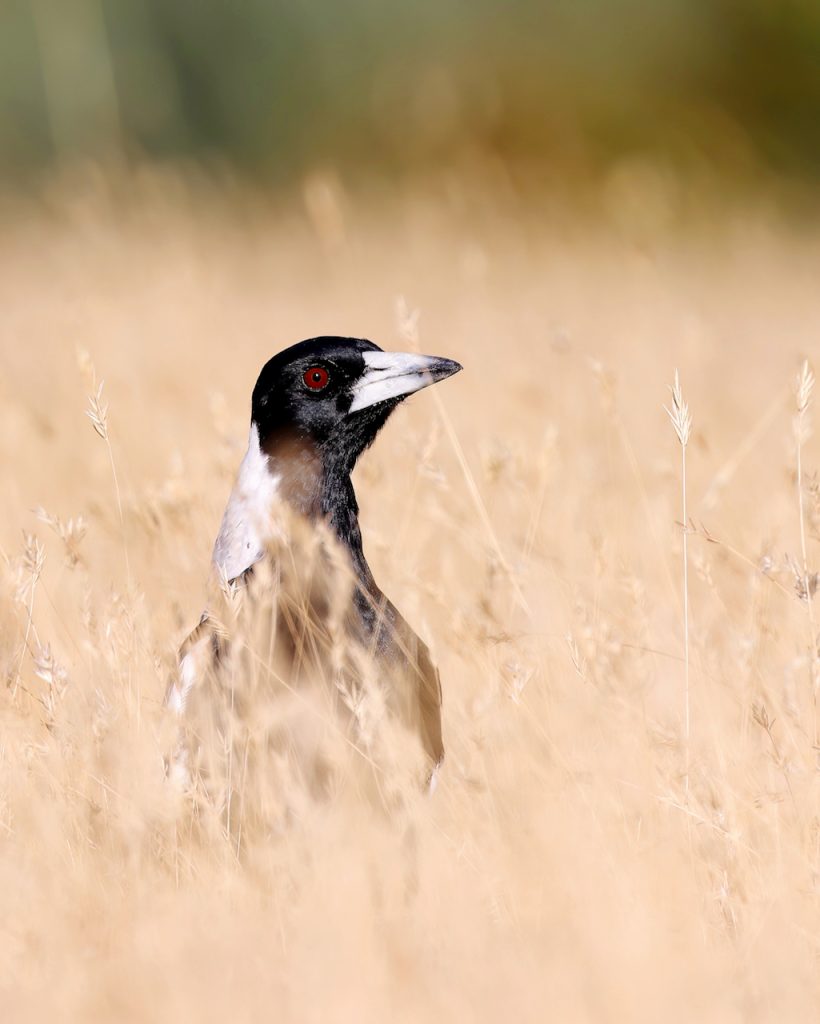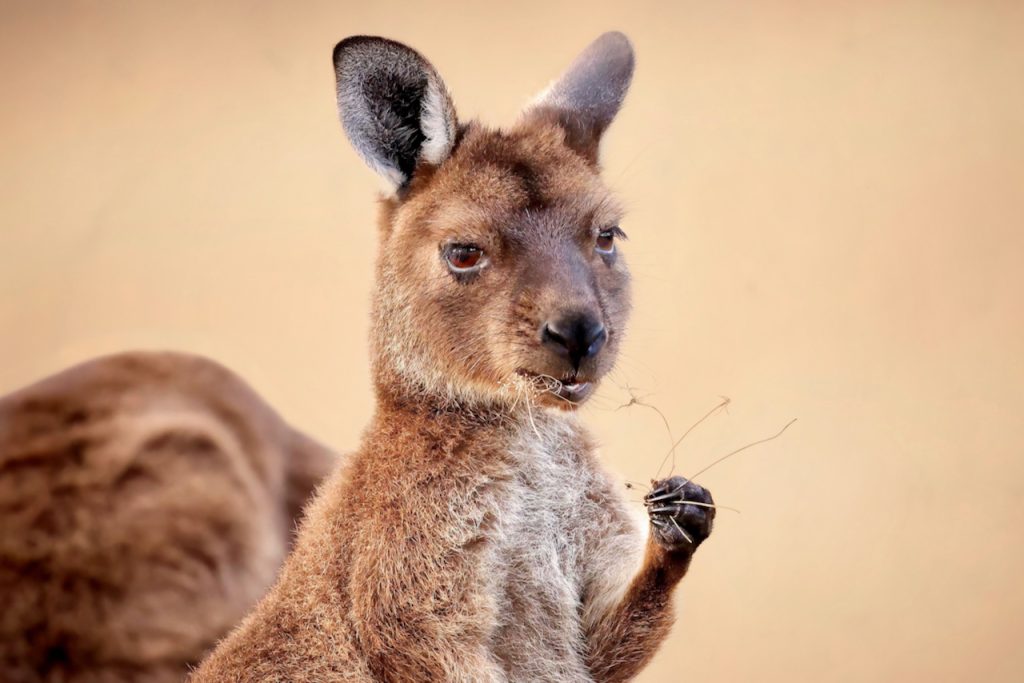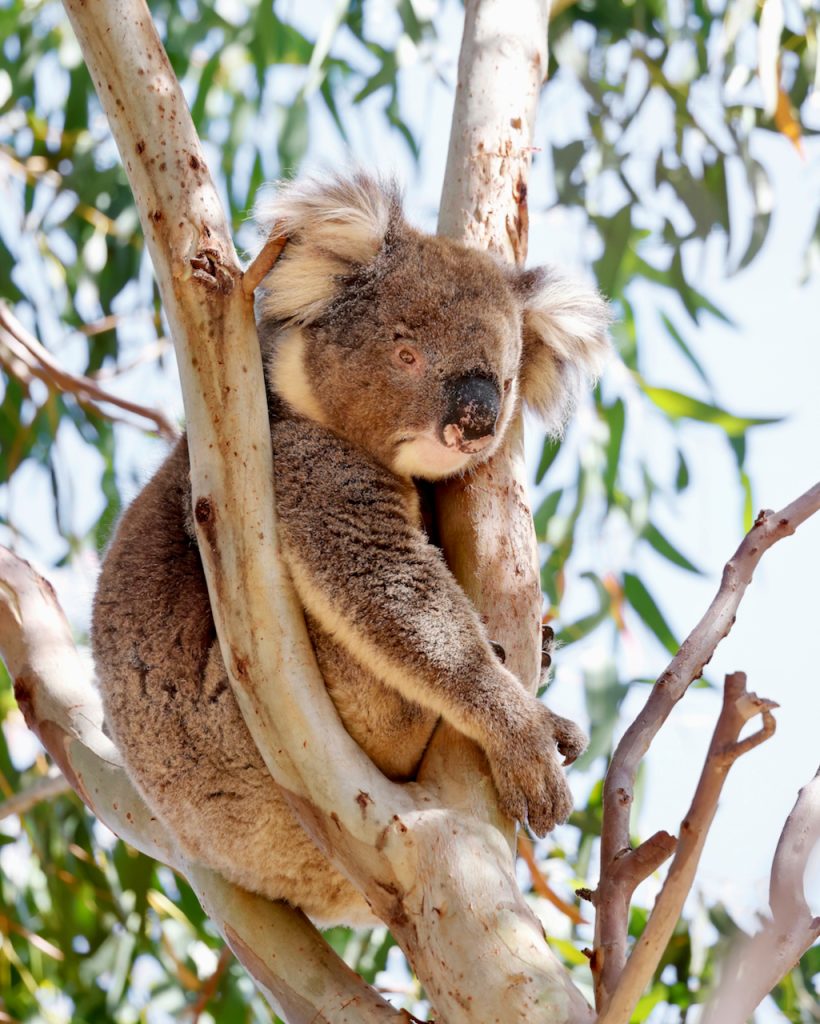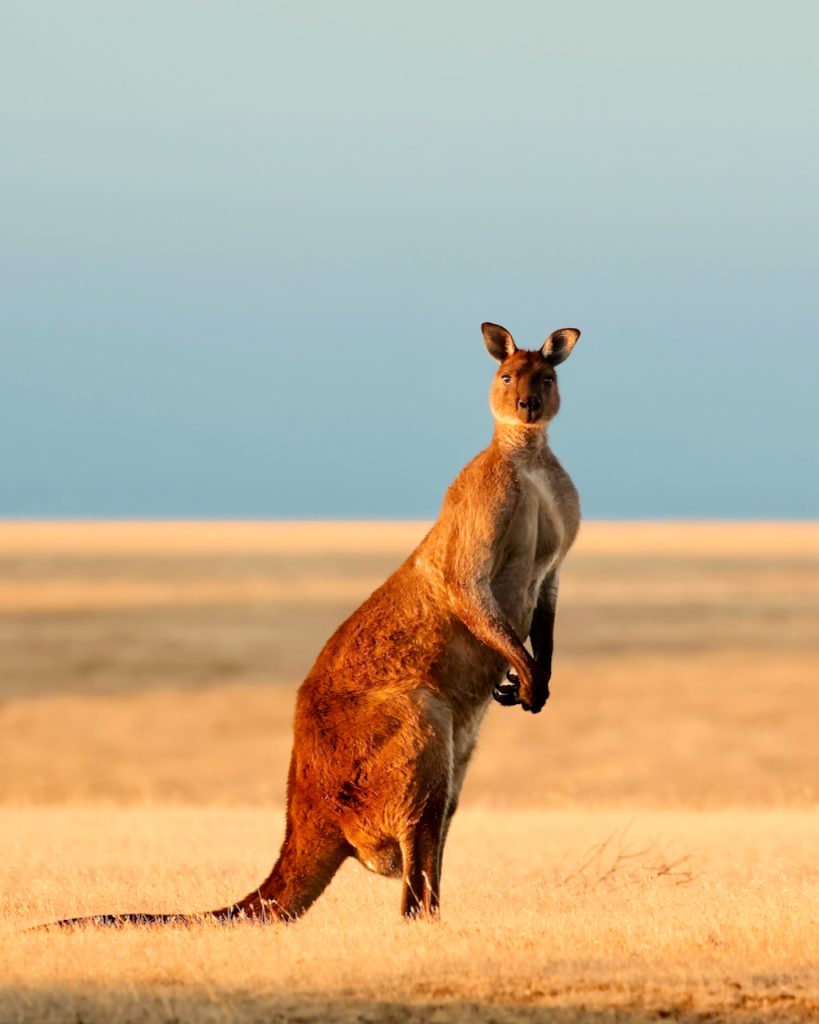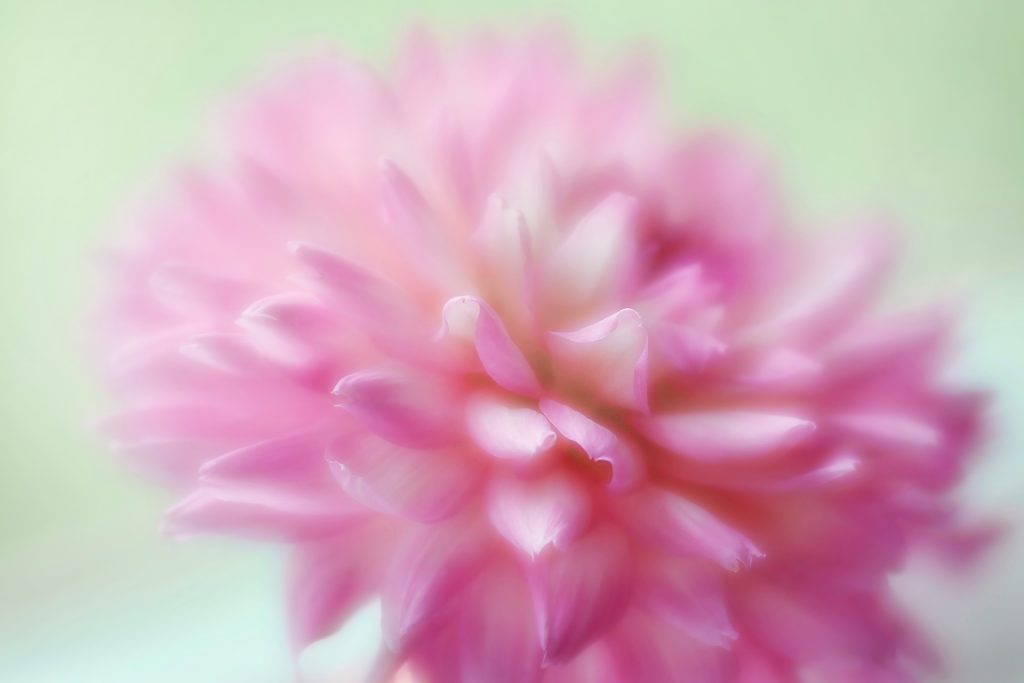
This is my favorite photo at the moment. I’ve finally bought a Lensbaby Velvet 85 lens, and I’m in love! This is the very first photo I’ve taken with it. It was meant as a test shot, and I didn’t have any expectations, Lensbabies using manual focus only thus a bit challenging, especially at large apertures – but look how gorgeous that Dahlia came out! Love, love, love it! I took a lot of photos yesterday but didn’t process them yet so, this one will have to do for now. Now I do have some expectations for the new photos, ha, ha!

I’ve started experimenting with still-life photos and textures, which I quite like. I used my macro lens at f/2.8 for this photo and a couple of textures from 2 Lil’ Owls Studio. (Denise Love runs the studio, and her textures are gorgeous).

It’s butterfly and dragonfly season, and I’ve taken loads of photos. I didn’t have time to process any of them, save for this one, and that very quickly, mostly to test the new textures from 2 Lil’ Owls Studio. This is a dark green fritillary butterfly (Argynnis aglaja).
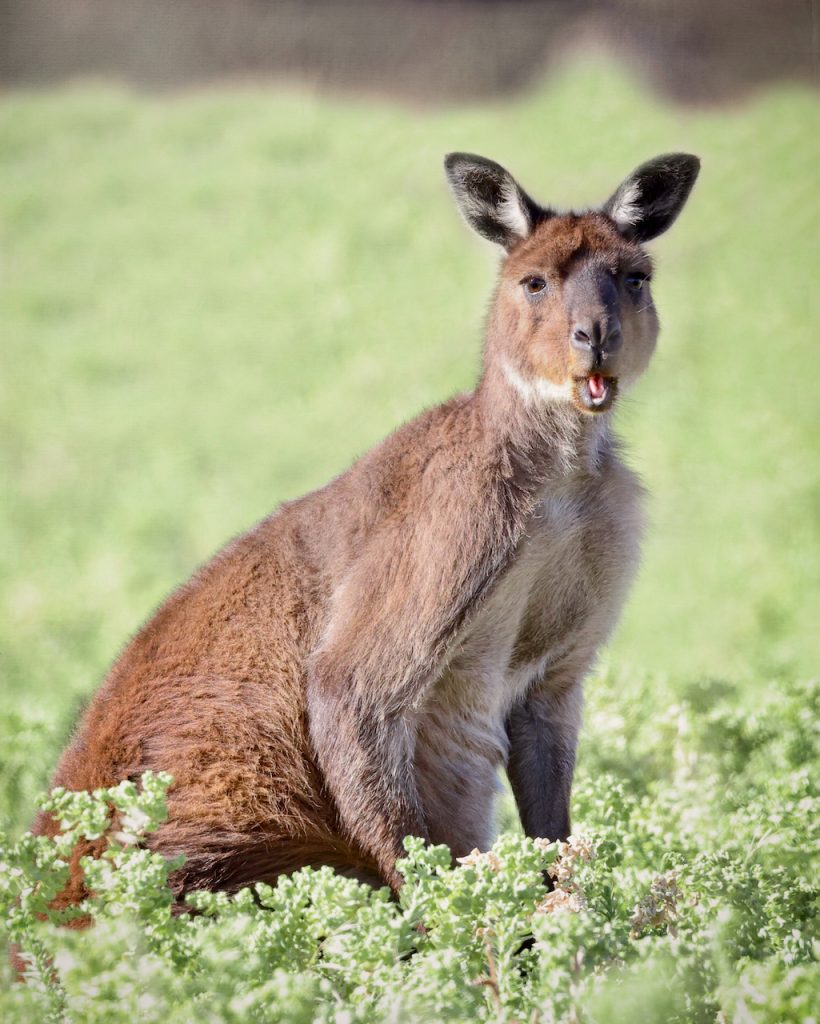
Yep, I’m still processing Australia photos. I came home with 20 thousand photos. Even after brutal culling, I still have plenty of keepers to process. I found this funny Kangaroo Island kangaroo (Macropus fuliginosus fuliginosus) at Stokes Bay, Kangaroo Island (South Australia). I always dreamt of photographing one on the beach, but no luck. Yet.
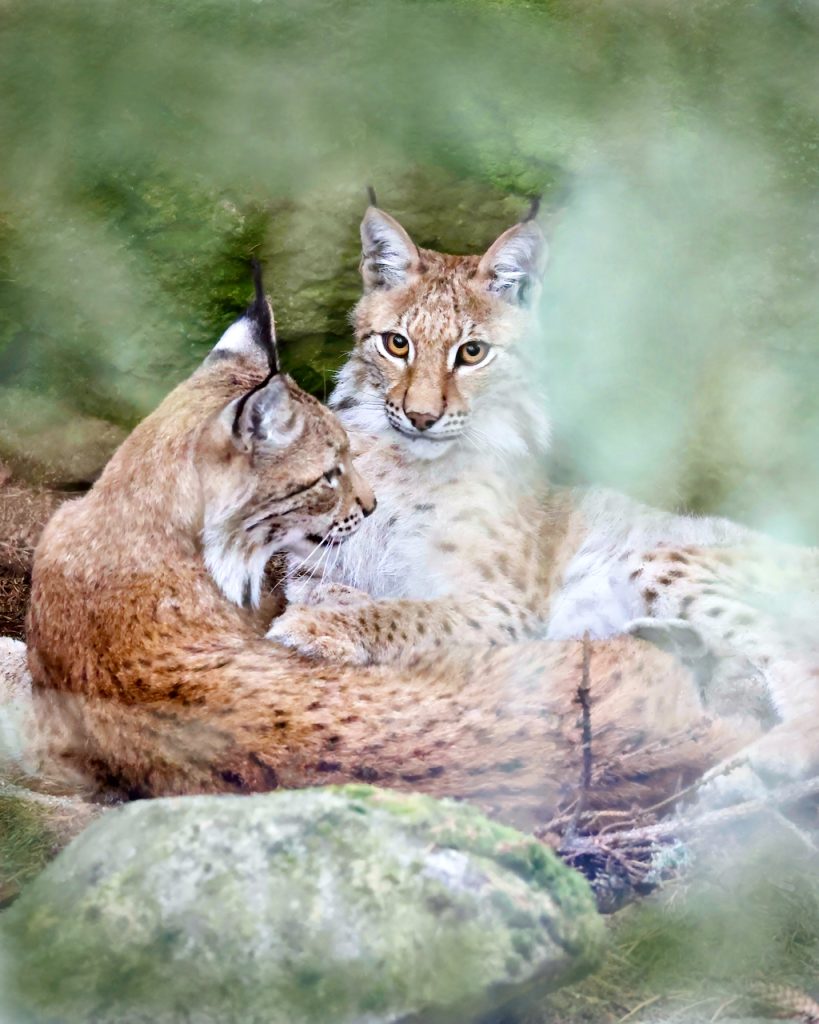
Northern lynxes (Lynx lynx lynx) rest after playing hard for half an hour or so. I photographed them and many other animals and birds at the Nordic Wilderness Center in Järvsö, some 300km north of Stockholm.
Did you know that these mini tigers can purr just like domestic cats? How cute?
Bonus: the stunning shades of blue and green of the sea on Kangaroo Island. The colors are so vibrant and captivating, it’s hard to believe they’re even real! These photos only start to capture the beauty and majesty of the ocean. I hope they can make you feel like you’re right there, soaking it all in.
I hope you enjoyed these photos, there are more to come next month.
Related Posts
- My 2022 Favorite Photos
- Favorite Photos: January 2023
- Favorite Photos: February 2023
- Favorite Photos: March 2023
- Favorite Photos: April 2023
- Favorite Photos: May 2023
- Favorite Photos: June 2023
If you liked this post, share it on your preferred social network or forward it to a friend.







